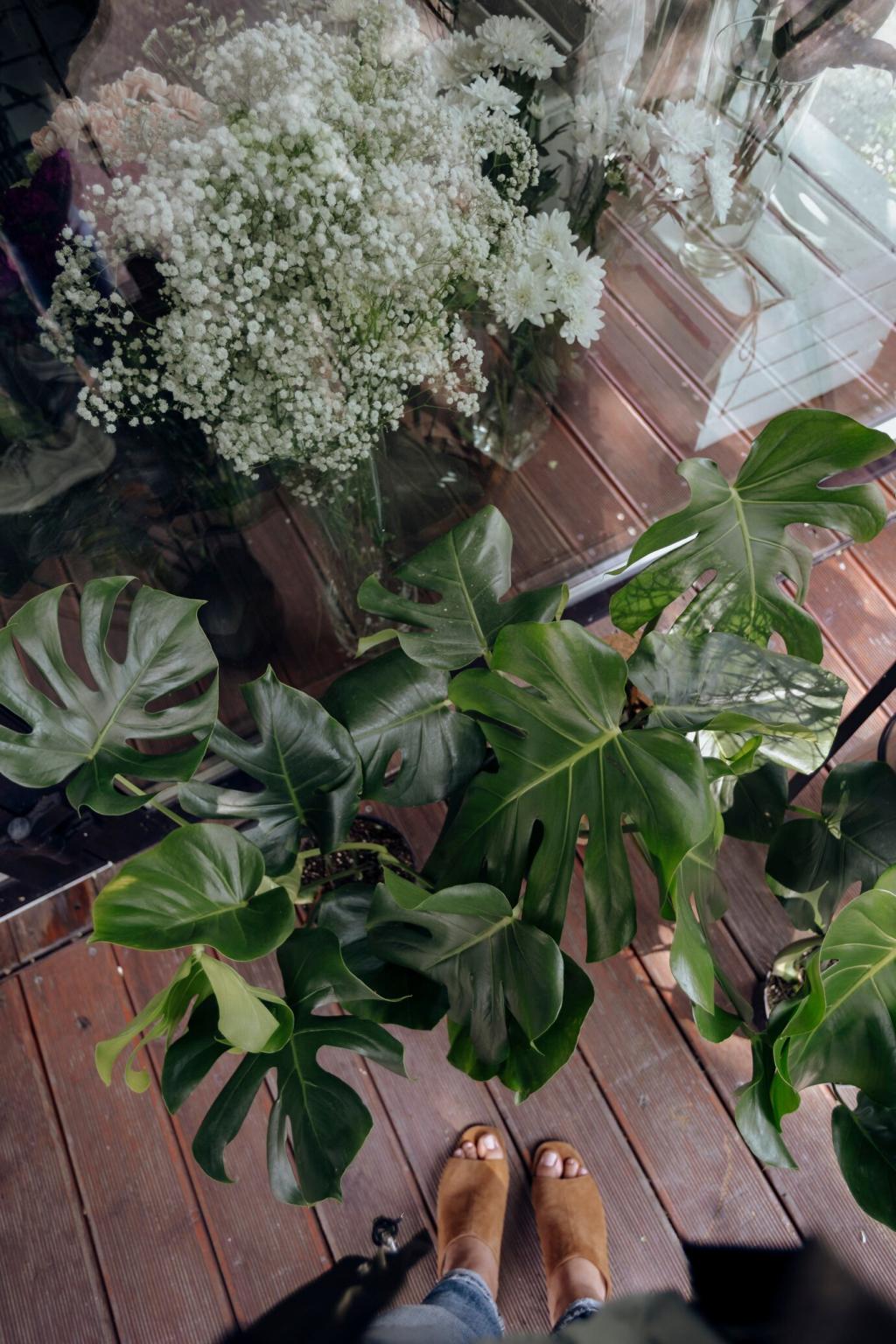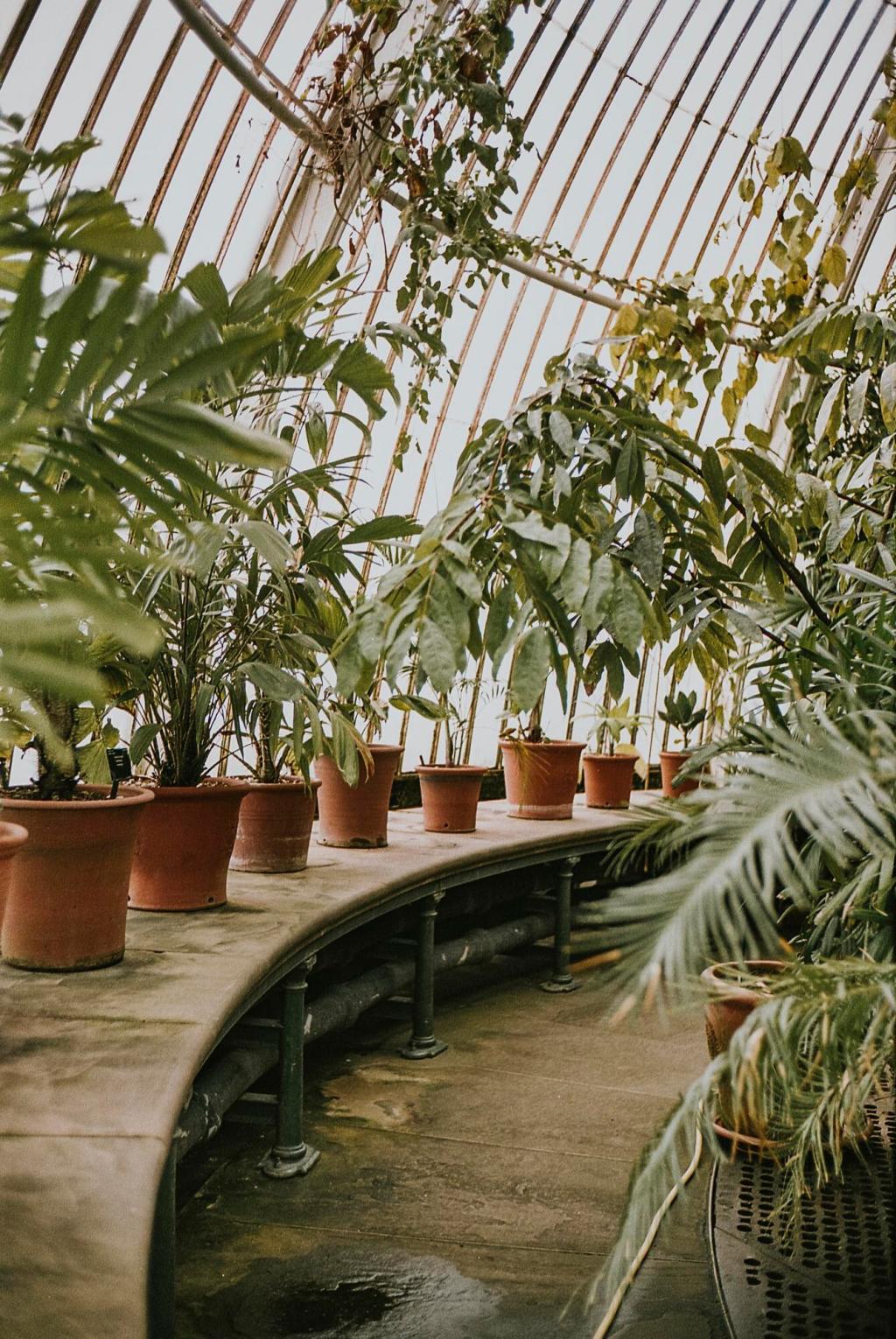
Choosing the Best Indoor Plants for Air Quality
Chosen theme: Choosing the Best Indoor Plants for Air Quality. Breathe easier at home with practical guidance, science-backed insights, and inspiring stories that help you pick the right plants to refresh your space naturally.
Understanding Indoor Pollutants
Homes quietly accumulate volatile organic compounds from paints, cleaning products, new furniture, and even cooking. The right indoor plants can support healthier air by moderating humidity, settling particulate matter on leaves, and fostering beneficial microbes in potting soil that may help process certain pollutants over time.
Health, Comfort, and Mood
Good air quality does more than reduce headaches and dry eyes; it can improve sleep and focus. Choosing plants thoughtfully weaves comfort into daily routines, turning corners into calming micro-sanctuaries where you pause to water, notice new growth, and breathe more intentionally between busy moments.
Set Intentions Before You Shop
Decide what you need most—pet-safe greenery, low-maintenance resilience, or humidity support for winter dryness. Clarifying your goals will guide your plant shortlist and help you avoid impulse buys that struggle in your lighting, climate, or schedule, saving money and disappointment long term.
Smart Criteria for Choosing Air-Improving Plants
Match Plant to Light and Space
Light is everything. North-facing rooms favor low-light champions like snake plants, while bright, indirect light can delight ferns and pothos. Check how far windows sit from your plant’s final spot, and consider mirrors or sheer curtains to balance brightness without scorching leaves.
Leaf Area and Transpiration
Broad, healthy foliage offers more surface for trapping dust and encouraging gentle transpiration, which can nudge humidity into a comfortable range. Plants like areca palm and peace lily excel here, provided you keep leaves clean and the plant well-watered but never waterlogged.
Safety, Maintenance, and Longevity
If you have pets or toddlers, prioritize non-toxic choices and stable pots. Seek plants tolerant of your watering habits and seasonal temperature shifts. Durable species reduce replacement cycles, keeping your indoor ecosystem stable while you build consistent care routines that actually fit your life.
Science Check: What Plants Can—and Cannot—Do
01
The NASA Study, Revisited
The famous NASA Clean Air Study tested plants in sealed chambers, not real homes with drafts, open doors, and dust. Plants still help, but results in living spaces are subtler. Combine greenery with ventilation, vacuuming, and reducing pollutant sources for meaningful, holistic improvements.
02
Focus on Practical Wins
Expect gentle benefits: less dryness near radiators, calmer spaces, dust settling on leaves instead of floating, and a mindful habit of daily care. Measured alongside good airflow, these small gains add up, turning your plant selection into a supportive layer rather than a magical solution.
03
How Many Plants Really Help?
Spreading plants throughout your home often works better than clustering everything on one shelf. Think in terms of consistent coverage: one medium plant per small room corner, or a few clustered near pollutant sources, creates a steadier, more noticeable effect across your lived-in spaces.
Plant Profiles: Reliable Choices for Fresher-Feeling Rooms
A resilient, architectural staple that tolerates low light and irregular watering. Its upright leaves add calm order to bedrooms and offices. Dust leaves monthly and avoid soggy soil. If you travel often or forget watering, this plant quietly keeps pace with your routine.
Plant Profiles: Reliable Choices for Fresher-Feeling Rooms
Fast-growing and beginner-friendly, spider plants thrive in bright, indirect light and send out charming baby offshoots. Their arching leaves gather dust well, so wipe gently. They bounce back from mild neglect, making them perfect for hallways, kitchens, and shared family spaces.


Placement Strategies for Maximum Impact
Near Sources, Not in the Way
Place plants near bookshelves, printers, and entryways where dust and trace pollutants accumulate. Avoid blocking vents or crowding walkways. A plant placed where you actually look—on a desk corner, by a reading chair—encourages you to notice leaves and keep care consistent.
Cluster for Microclimates
Grouping a few plants creates slightly higher local humidity and encourages steady growth, especially for ferns and calatheas. Use varying heights—floor palm, tabletop pothos, and a trailing shelf plant—to build airflow around leaves while making your arrangement visually welcoming and grounded.
Pair with Airflow and Light
Open windows when possible, and position plants to catch gentle cross-breezes without drafts that crisp edges. Sheer curtains soften harsh midday rays. If light is scarce, supplement with a warm-spectrum grow bulb on a timer, keeping day–night rhythms predictable for healthier growth.

Care Habits That Enhance Air Quality Benefits
Dust acts like sunscreen for leaves, limiting photosynthesis and transpiration. Wipe gently with a damp microfiber cloth every two weeks. For textured leaves, a soft brush helps. Avoid leaf-shine products; clean water and patience keep surfaces breathable and naturally matte.
Choose a peat-free, well-draining mix and water by checking soil moisture with your finger, not a calendar. Let roots inhale oxygen between waterings. Healthy soil hosts beneficial microbes, which, alongside roots, support your plants’ subtle air-improving role throughout changing seasons.
In winter, shorten watering intervals for humidity lovers and move plants away from heating blasts. In summer, rotate pots for even growth. Track your space with a simple hygrometer and light meter app, then refine care. Subscribe for monthly reminders tailored to seasonal shifts.

A Small Apartment Story: Measuring the Difference
Starting Point and Simple Tools
Jamie lived in a 400-square-foot studio with a printer by the bed and stale winter air. They added a basic VOC monitor, a hygrometer, and two plants: a snake plant for the nightstand and a spider plant near the printer to catch dust and soften the space.
What Actually Improved
After a month of weekly leaf-wiping and opening the window for ten minutes each morning, Jamie noticed calmer mornings and fewer dry throat days. The hygrometer showed a modest humidity bump, and dust settled on leaves instead of the nightstand—simple, visible progress that felt encouraging.
Your Turn: Share, Ask, Subscribe
Which room in your home feels stuffiest right now? Tell us your light conditions and routine, and we’ll suggest a starter trio. Drop questions in the comments, share photos of your corners, and subscribe for plant pairings that match everyday life, not perfect greenhouse conditions.
